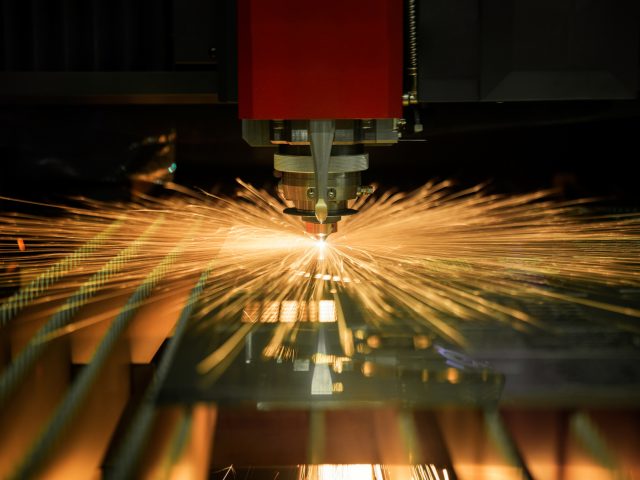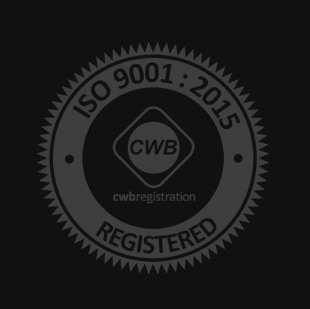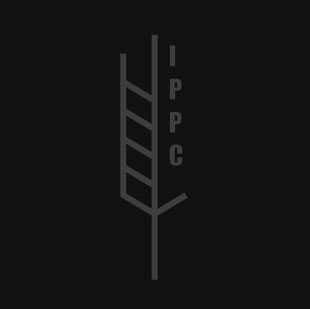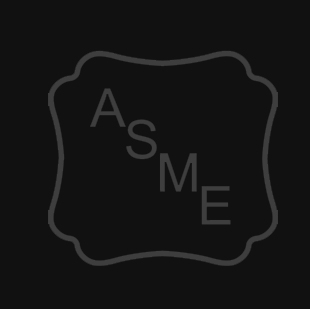For any company, contractor or related business to realize a metal fabrication design, becoming familiar with the terms and processes of metal fabrication is a good first step when initiating such a project. There are many metal fabrication processes employed to create an end product or produce a part or component for further assembly. To those unfamiliar with the processes, and the terminology to describe such production methods, here are few terms to expect when working with a metal fabrication shop:
Metal Fabrication Services
Metal fabrication design and processes are a combination of manufacturing techniques that produce value-added products from raw, stock, or semi-finished materials.
Forming
Forming is a fabrication process that reshapes a metal’s form without losing its mass or structural integrity. The process is achieved through cold forming and does not utilize heating or melting the material first to reshape it. Common forming processes are bending, stamping, ironing, laser cutting, and punching.
Workpiece
The metal object or material being worked on with a tool or machine for fabrication is commonly referred to as the workpiece.
Machining
Machining is a subtractive fabrication process that shapes metal workpieces by removing the unwanted material from it. Machining is accomplished through a variety of processes, including drilling, grinding, turning, and milling.
CNC Machines
Computer Numerical Control (CNC) machines are automated, computerized motion control machines used by manufacturers in the production of custom-designed parts and components. CNC machines can be fitted with multiple tools to perform the work of lathes, routers, cutters, mills, grinders and more, to execute many types of designs on a diverse array of engineering materials with exceptional precision and repeatability.
Cutting
Cutting is a subtractive fabrication technique that cuts or splits material into smaller sections. Cutting processes utilize state-of-the-art machinery that combines power tools controlled by CNC machinery. Common fabrication cutting methods include laser cutting, waterjet cutting, power scissors, and plasma arc cutting.
Shearing
Another subtractive fabrication process is shearing. It is used to trim or remove unwanted material from the metal workpiece. It is accomplished by mounting two blades—above and beneath the metal workpiece—to produce one long, straight cut. The blades may also be mounted at angles to reduce the necessary shearing force required.
Die and Press Tools
A die is a pre-shaped, specialized tool used in conjunction with a press to change the shape of metal to a specific design. Essentially, dies are the female component situated beneath the compressive force of a press above which results in the manipulation of material between the die and press to a desired shape and size.
Punching
Punching is a subtractive metal fabrication design process that utilizes a punch press—a mechanical device or CNC machine which houses turrets that strike through metal or into a die. The “punch” creates unique, complex designed holes in the metal workpiece.
Stamping
Stamping is a generally non-subtractive metal fabrication process. It is similar to punching in that turret presses and dies are used, but the process presses indentations into the workpiece rather than punching holes through it. However, stamping machines can be used for subtractive processes, too, and can cast, punch, cut and shape metal workpieces to fabricate a wide range of products.
Welding
One of the more common fabrication processes, welding is a method of joining two or more metal workpieces together utilizing a combination of heat and pressure. Workpieces can vary in shape or size. The three main types of welding procedures are Stick or Arc Welding, MIG Welding, and TIG Welding. Spot welding and stud welding are two other versatile welding applications used in industrial metal fabrication shops.
Casting
Casting is the act of pouring molten metal into a mold or a die where it is allowed to cool and harden to the desired shape. Because the same mold can be reused, the process is commonly applied in the mass-production of identical parts.
Folding
Folding is a cold forming process that bends metal workpieces at an angle. The process utilizes a brake press which secures the workpiece in place between a punch and a die to manipulate the metal to the desired shape.
Forging
Forging utilizes a hammer or dies to exert a compressive force to shape a metal workpiece to a desired shape or form. This process can be done at varying temperature ranges. Cold forging and warm forging are done at or above room temperature, respectively. Hot forging is the process that heats metal to its recrystallization temperature, just below its melting point.
Extrusion
Extrusion is a non-subtractive process that forces a workpiece through or around an open or closed die. The process reduces the diameter of the workpiece to the cross-section of the die to form a cavity within the workpiece.
For professional metal fabrication services, please contact us at Quest-Tech today!



